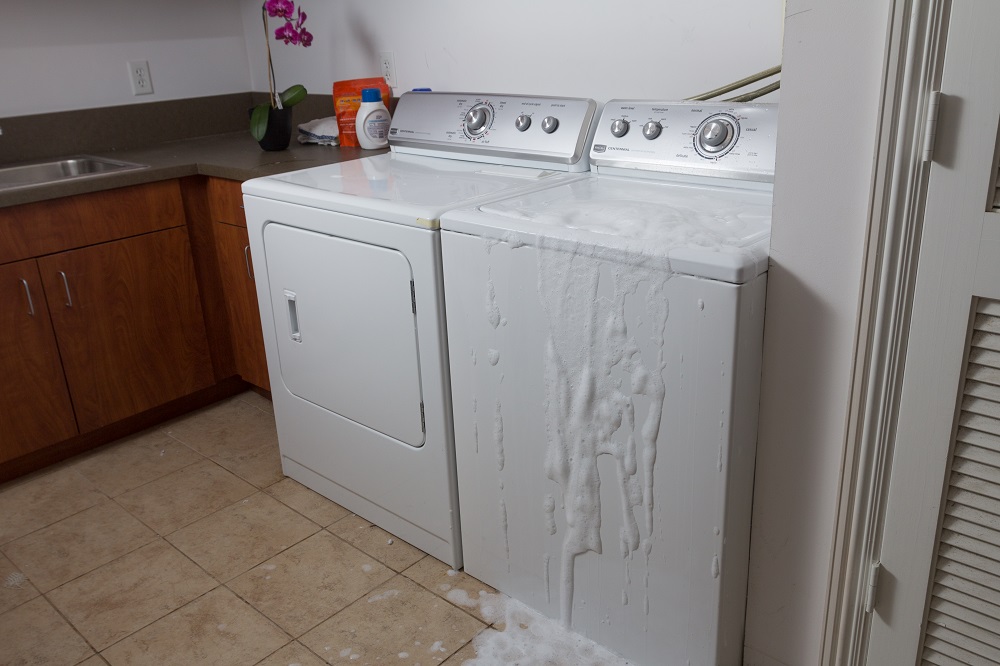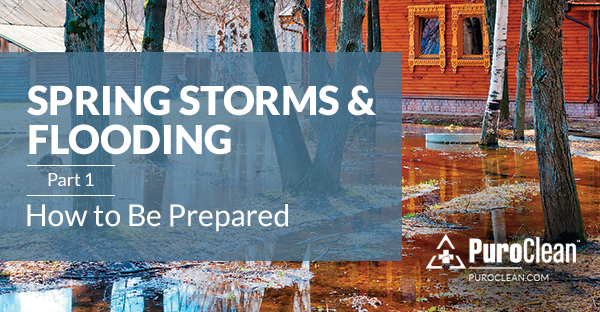Basement flooding is a common problem for many Michigan homeowners. Heavy rains and melting snow can result in water seeping into basements, causing significant damage. Dealing with a flooded basement is stressful and can lead to costly repairs. However, there are simple steps you can take to prevent your basement from flooding and protect your home.
One of the first things to consider is the condition of your gutters and downspouts. Proper maintenance and placement can make a big difference in keeping water away from your foundation. Installing a sump pump is another effective way to manage water that does find its way into your basement. Regular maintenance of these systems ensures they work when you need them most.
Sealing any cracks in your basement walls and improving yard drainage are also vital. By identifying and fixing potential problem areas, you can significantly reduce the risk of water infiltration. Good yard drainage, such as proper grading and installing French drains, helps keep water from pooling around your home. Taking these preventative measures will provide peace of mind and protect your property from water damage.
Check and Maintain Your Gutters and Downspouts
A regular gutter cleaning schedule is essential to keep your basement dry. Gutters clogged with leaves, twigs, and debris prevent water from flowing freely. This water can overflow and pool around your home, increasing the risk of basement flooding. Clean your gutters at least twice a year, once in the spring and once in the fall. If you have many trees around your house, consider cleaning them more frequently. You can use a gutter scoop or a hose to remove debris. Be sure to check for any damage, such as cracks or leaks, and repair them promptly.
Ensuring proper downspout placement also helps in preventing water damage. Downspouts should extend at least 5 to 10 feet away from your home’s foundation to direct water away efficiently. You can use downspout extenders or splash blocks to achieve this. Make sure the water flows away from your house and not towards it. If your downspouts discharge too close to the foundation, the water can easily seep into your basement. Regularly inspect the downspouts to ensure they are properly connected and in good condition.
Install a Sump Pump
The benefits of using a sump pump cannot be overstated. A sump pump is installed in the lowest part of your basement or crawl space. It collects water that accumulates in a sump basin and pumps it out and away from your home. This helps keep your basement dry and prevents flooding. Sump pumps are especially useful in areas like Michigan, where heavy rains and melting snow can cause water problems. Investing in a sump pump provides peace of mind, knowing that your basement is protected from excess water.
Tips for maintaining your sump pump ensure it works effectively when needed. Test your sump pump regularly by pouring a bucket of water into the sump basin. The pump should activate and remove the water quickly. Check the discharge line to ensure it’s free from clogs and directs water away from your home. Clean the sump basin of any debris to prevent it from clogging the pump. Also, consider having a backup power source, like a battery backup, in case of a power outage. Regular maintenance and testing keep your sump pump in good working condition, ready to defend your basement from flooding.
Seal Cracks and Holes in Basement Walls
Identifying common problem areas is the first step in sealing cracks and holes in your basement walls. Start by inspecting the inside and outside of your basement walls for visible cracks or holes. Look carefully at the joint between the floor and the wall, around windows and doors, and in any corners. Even small cracks can allow water to seep in and should be addressed promptly. Use a flashlight to spot smaller cracks and ensure you cover all possible entry points for water.
The best materials for sealing cracks include hydraulic cement, epoxy, and polyurethane. Hydraulic cement is useful for larger cracks and sets quickly, forming a watertight seal. Epoxy injections can be effective for structural cracks, providing strength and waterproofing. Polyurethane is flexible and is ideal for smaller cracks, as it can expand and contract with temperature changes. To apply these materials, clean the area thoroughly to remove dirt and debris, then follow the manufacturer’s instructions for mixing and application. Properly sealing cracks will prevent water from entering your basement and causing damage.
Improve Yard Drainage
Creating proper grading around your home is crucial to direct water away from your foundation. The ground should slope away from your house to ensure water flows naturally away from it. Aim for a slope of at least 6 inches over 10 feet. Use a shovel to build up the soil around your foundation and grade it outward. Check this grading regularly, especially after heavy rains, to ensure that it hasn’t shifted or eroded. This simple step can significantly reduce the risk of basement flooding by preventing water from pooling near your foundation.
Using French drains and dry wells can further improve yard drainage. A French drain involves digging a trench around your home, filling it with gravel, and installing a perforated pipe that carries water away from your property. This system helps redirect groundwater and surface water away from your foundation. Dry wells are another effective solution; they are pits filled with gravel where water can collect and gradually seep into the ground. Both options increase your yard’s ability to handle heavy rainfall and reduce the chance of water seeping into your basement.
Conclusion
Preventing basement flooding is essential for Michigan homeowners, especially with the area’s unpredictable weather. Simple steps like maintaining gutters, installing a sump pump, sealing cracks, and improving yard drainage can make a big difference. Each of these actions helps protect your home from water damage and provides peace of mind during heavy rains and melting snow.
Taking these preventative measures can save you time, money, and stress in the long run. By following these tips, you ensure your basement stays dry and safe. If you need expert help with water damage or flooding prevention, contact PuroClean of Howell. Our team is ready to assist you in keeping your home flood-free. Call us today to find out more about our comprehensive basement flood clean up and water damage restoration services.




 PuroClean of Howell
PuroClean of Howell